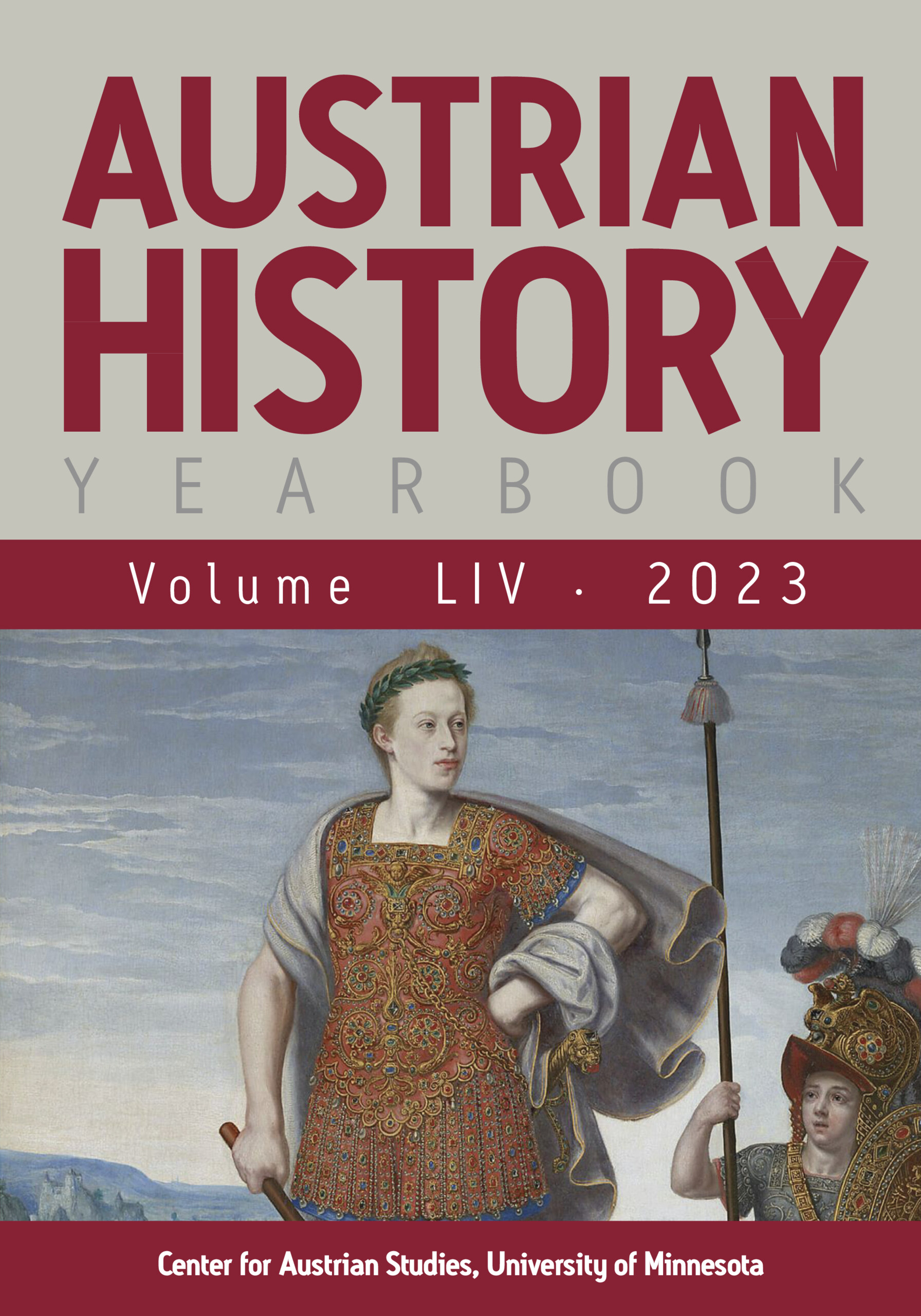The history of the Hungarian parliament and parliamentarianism have for several decades given rise to new research, which has been crowned by new publications. Of note here are some collective works and the monograph by Jean Bérenger and Charles Kecskeméti titled Parlement et vie parlementaire en Hongrie 1608–1918 (Paris, 2005), as well as the publications of the research group Holy Crown of Hungary, led by Prof. Géza Pálffy, which has shed new light on the coronation-parliaments that were places of debate and compromise between the Hungarian orders and the Habsburg dynasty.
István M. Szijártó is a historian who for several decades has been interested in the history of eighteenth-century Hungary—and particularly the history of the Hungarian parliament. He leads a seminar at the University of ELTE in Budapest devoted to the Hungarian history of the Age of Enlightenment, bringing together the most important researchers on this topic. This monograph offers us a new synthesis of Hungarian parliamentary history during the eighteenth century in a language accessible to international researchers.
The structure of the book is logical and allows readers to advance systematically in understanding the rather complex phenomenon of Hungarian parliamentary life during the Enlightenment. The book is divided into three parts, each dealing with broad themes of the topic and each of which consists of several chapters. The first part is devoted to the main structural elements of Hungarian politics and the machinery of parliament; the second introduces the parliament as a political institution and a locus of the formation of social structure of the Hungarian elite; while the third deals with the technical aspects of political discourse, the history of nobility in the counties, and questions concerning the historiography of parliament from a comparative point of view.
In the first part, the author pays particular attention to the dualism between the king and the orders, which determined the Hungarian political system as a state of orders with which the rulers had to constantly pursue negotiations. He describes the structure of the Hungarian parliament and its functioning in precise detail. Contrary to the Hungarian historiographical tradition, the author does not deal with the history of the parliaments of the time of the Hungarian War of Independence (1703–11) led by Prince Francis Rákóczi II, but he attaches paramount importance to the peace treaty of Szatmár (1711), which was the basis of the compromise between the crown and the estates of the country. At this time, the nobility succeeded in retaining their privileges—thanks to a policy of compromise with the House of Habsburg—and they took full advantage of the opportunities to serve kings and emperors to consolidate and strengthen their positions in the social hierarchy. This results in a particular political and social development in Hungary, unlike the other countries of the Habsburg monarchy. Thus, Hungary escaped the centralizing reforms of the court of Vienna and the estates retained their privileges for the entire century. In the following section, the author insists on a profound change in the subjects of parliamentary negotiations. While in the 1710s and 1720s much debate took place around religious matters, toward the end of this period the subjects of negotiations shifted to constitutional and budgetary discussions, and particularly to questions about noble privileges—for example on exemption from taxes—and the amounts of contributions from Hungary to the Habsburg monarchy.
In the following section, Szijártó gives a fine description of the role played by the aulic party of the parliament, in which a new noble elite emerged. The dualism of the king and the estates allowed a dynamic group to access the aristocracy through service to the Habsburg monarchy in parliamentary political careers. At the same time, this phenomenon created tensions between the party loyal to the government and the opposition. By presenting the voting methods, the author underlines the development of the institutional mechanisms of decision-making in the parliament that favored the emergence of the wealthy nobility (bene possessionatus) of the counties. This social and political stratum was to play an essential role in the national movements from 1790.
The last part of the book presents a wide selection of document types that reflect the diversity and evolution of political language during the period concerned. Special attention is paid to the inauguration diplomas (diploma inaugurale)—certificates of engagements of the kings before the coronation to respect the laws and privileges of the country—but other texts concerning religious matters or political philosophy illustrate well the great diversity of Hungarian political discourse at that time. The author's reflections on the changes of the counties aptly demonstrate the evolution of the Hungarian elites thanks to the dualistic system of kings and estates that allowed the Hungarian elites a very active participation in the political life in eighteenth-century Hungary. The book ends with a chapter presenting the different historiographical tendencies of the subject.
Apart from its main text, the work contains a detailed bibliography, a list of images, and an index of proper names, all of which are very useful to readers. This book is a fine contribution to revitalizing scientific research on the history of the Hungarian parliament in the eighteenth century, which could also be used as a manual for researchers and students interested in the subject.



